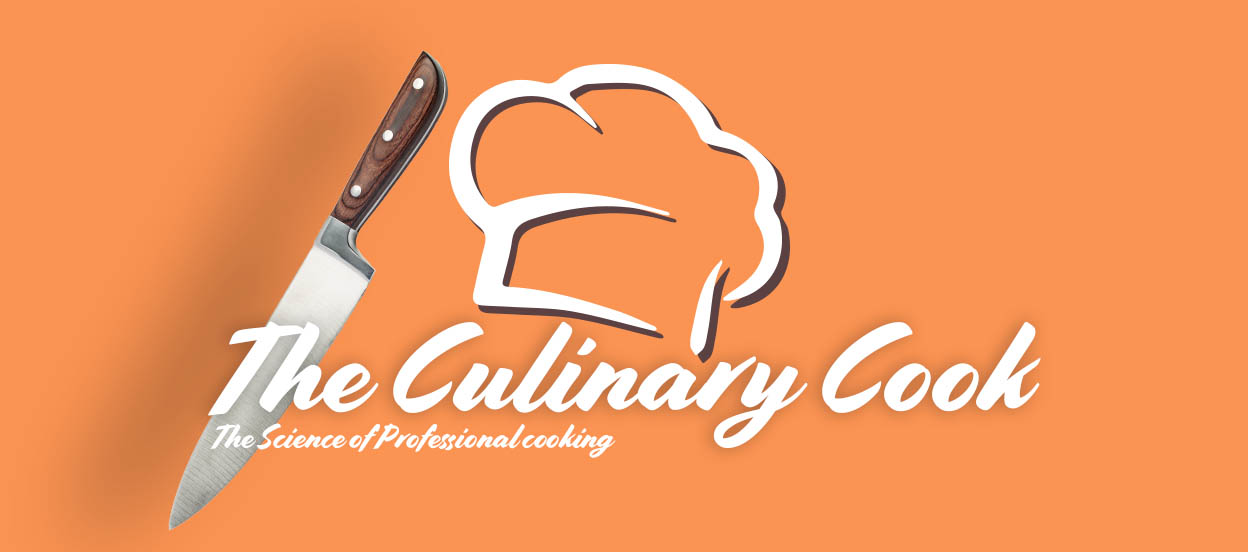[dropcap]P[/dropcap]ork is a tasty protein that has a very neutral flavor and can be defined as a hybrid of steak and chicken in terms of texture, flavor, cooking methods, and versatility. Pork has a great quality in that it is a fatty protein that does well in keeping itself moist and flavorful. Cooking pork is pretty straight forward, requiring only the basic cooking skills and an understanding of the cooking methods.
Pork has similar primal cuts to beef and the dry-heat and moist-heat methods do apply to the similar cuts. There is a common misconception in regards to cooking pork thoroughly due to fears of trichinosis. Cooking pork to well done is not necessary or recommended in Canada as trichinosis has been virtually eradicated from domestically raised commercial pork. It is still recommended for US consumers to cook their pork fully to ensure elimination of possible parasites.
Primal Cuts Of Pork
[dropcap]T[/dropcap]here are only 5 primal cuts associated with pork.
- Boston Butt
- Picnic
- Loin
- Belly
- Leg

The Boston Butt and Shoulder combine to form what’s called the Shoulder, or Montreal Shoulder.
The Boston Butt, Picnic and Leg are where the tougher cuts of meat reside and as such it is recommended that a moist-heat method is used. Your Montreal shoulder cuts should be braised slowly over many hours to produce a tender, flavorful end product.
The Loin and Belly have a lot of fat and can be cooked using a dry-heat cooking method and it is here you will find your bacon, chops, ribs, and cutlets. There is not much to the primal cuts of pork, but it’s important to know what cut you are buying so you can apply the appropriate cooking method.
Pork Grading
[dropcap]P[/dropcap]ork does not have a consumer grading system and is mainly used for producers as they are paid based on fat-to-lean ratio.





